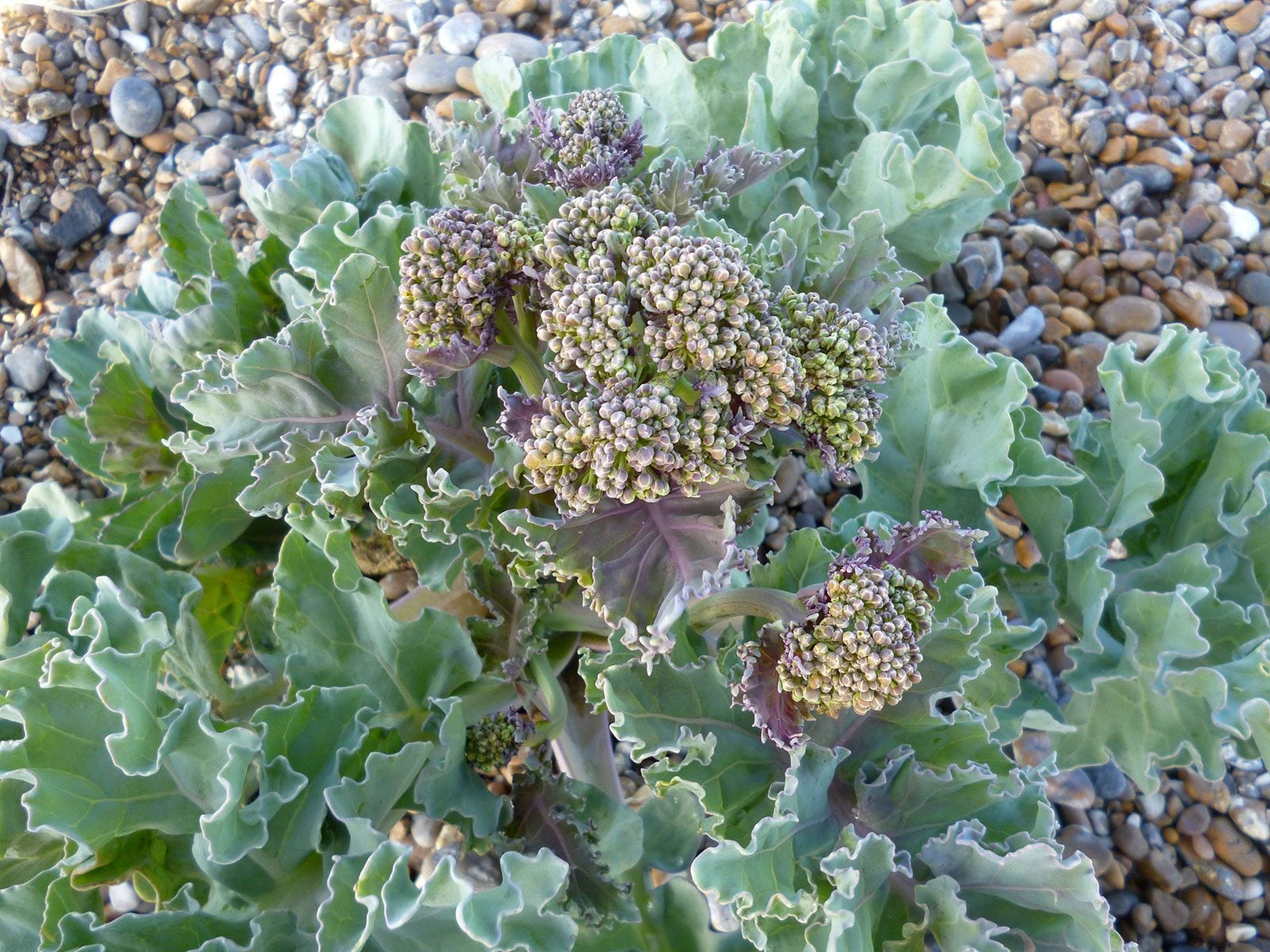Sea Kale Growing: Learn About Sea Kale Plants In The Garden


What is sea kale? For starters, sea kale (Crambe maritima) isn’t anything like kelp or seaweed and you don’t need to live near the seashore to grow sea kale. In fact, you can grow sea kale plants even if your region is completely landlocked, as long as it falls within a cool, moist climate in USDA plant hardiness zones 4 through 8. If this brief tidbit of sea kale information has piqued your curiosity, keep reading to learn more about sea kale plants, including sea kale growing.
Sea Kale Information
What is sea kale? Sea kale is a perennial known by a variety of interesting names, including sea-colewort and scurvy grass. Why is it called sea kale? Well, because the plant was pickled for long sea voyages, when it was used to prevent scurvy. Its use extends back hundreds of years.
Is Sea Kale Edible?
Sea kale shoots grow from the roots, much like asparagus. In fact, the tender shoots are eaten much like asparagus, and they can also be eaten raw. The large leaves are prepared and used like spinach or regular garden kale, although older leaves are often bitter and tough. The attractive, fragrant blooms are also edible. Even the roots are edible, but you’ll probably want to leave them in place so they can continue to produce sea kale plants year after year.
Sea Kale Growing
Sea kale is easy to grow in slightly alkaline soil and full sunlight or partial shade. To grow sea kale, plant the shoots in beds and harvest them when they are 4 to 5 inches (10-13 cm.) long. You can also plant seeds directly in the garden in March or April. The young shoots must be blanched to keep them sweet, tender, and white. Blanching involves covering the shoots with soil or a pot to block the light. Sea kale growing requires little attention, although the plant benefits from a mulch of compost and/or well-rotted manure. Use a commercial slug bait if slugs are feeding on the tender shoots. If you notice caterpillars munching on the leaves, they are best picked off by hand.
Sign up for the Gardening Know How newsletter today and receive a free copy of our e-book "How to Grow Delicious Tomatoes".

A Credentialed Garden Writer, Mary H. Dyer was with Gardening Know How in the very beginning, publishing articles as early as 2007.